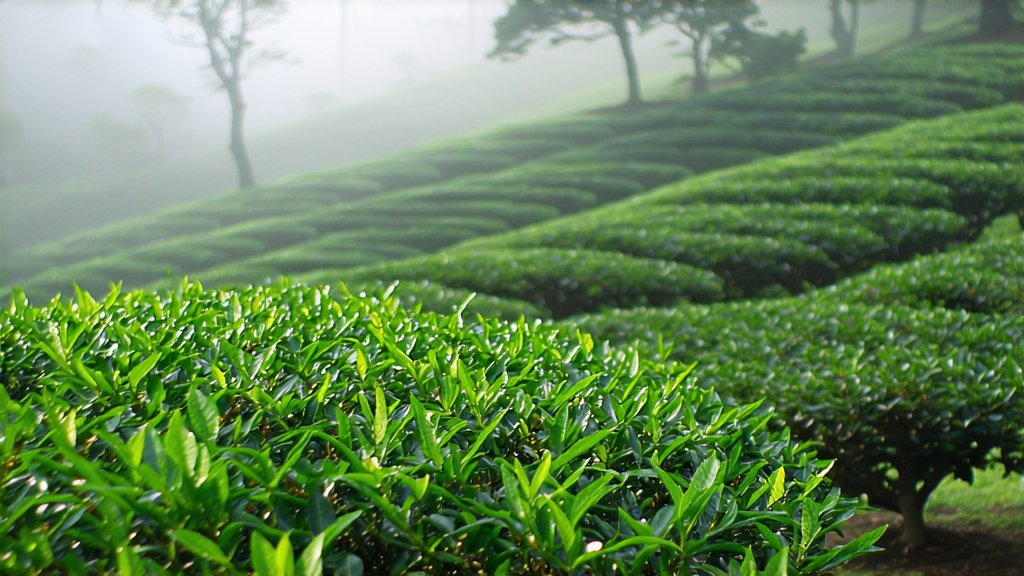
Chinese tea culture, deeply rooted in centuries of tradition, offers a myriad of tea varieties that captivate both novice and connoisseur alike. Among these, Keemun Black Tea stands out as a quintessential representation of China's rich tea heritage. This article delves into the history, varieties, production process, and tasting techniques of Keemun Black Tea, shedding light on its unique attributes that have charmed tea enthusiasts around the globe.
Historical Background
Keemun Black Tea, also known as Qimen Black Tea, originates from Qimen County in Anhui Province, China. Its history dates back to the Tang Dynasty (618-907 AD), but it gained international fame during the 19th century when it became a staple in British afternoon tea. The name "Keemun" is derived from the transliteration of "Qimen," reflecting its place of origin and the distinctive pinyin pronunciation.
Varieties of Keemun Black Tea
Keemun Black Tea is not a single type but a category encompassing several grades, primarily differentiated by the quality and size of the tea leaves and buds. The most renowned varieties include:
- Keemun Mao Feng: Known for its golden tips and robust flavor.
- Keemun Hao Ya: Featuring a mix of tips and leaves, offering a balanced taste.
- Keemun Gong Pin: Made entirely from young buds, providing a delicate and refined flavor profile.
Each variety showcases the unique terroir of Qimen County, influenced by its subtropical climate and fertile soil, which contribute to the tea’s distinct characteristics.
Production Process
The craftsmanship involved in creating Keemun Black Tea is an art form passed down through generations. The process includes several meticulous steps:
- Withering: Freshly picked tea leaves are spread out in a thin layer to wilt under controlled conditions, allowing the leaves to soften and lose moisture.
- Rolling: The withered leaves are then rolled to break down cell walls, facilitating the oxidation process. This step also helps in shaping the leaves.
- Oxidation: Rolled leaves are left to oxidize, turning their color from green to dark brown. This crucial step develops the tea's characteristic flavor and aroma.
- Drying: Finally, the oxidized leaves are dried to reduce moisture content and solidify the flavors. This can be done using traditional methods like sun drying or modern techniques such as oven drying.
Tasting Techniques
Appreciating Keemun Black Tea involves more than just sipping; it requires a mindful approach to fully savor its nuances. Here are some key tasting techniques:
- Visual Appreciation: Observe the dry leaves for their uniformity and the brewed tea for its clear amber color.
- Aroma: Inhale the floral and slightly fruity scent of the tea, which is a hallmark of Keemun Black Tea.
- Taste: Take small sips to discern the complex flavors ranging from sweet and malty to hints of smokiness and earthiness.
- Mouthfeel: Notice the smooth, velvety texture of the tea as it glides over your palate.
- Aftertaste: Pay attention to the lingering aftertaste, which should be pleasant and long-lasting.
Cultural Significance
Keemun Black Tea is more than just a beverage; it embodies the cultural essence of Chinese tea traditions. It has been a symbol of hospitality and friendship, often served during important gatherings and ceremonies. Its presence in international markets has also made it a bridge between Eastern and Western cultures, fostering a global appreciation for Chinese tea artistry.
In conclusion, Keemun Black Tea is a testament to the intricate craftsmanship and deep-rooted traditions of Chinese tea culture. From its historical significance to its diverse varieties and meticulous production process, Keemun Black Tea continues to enchant tea lovers worldwide. Whether enjoyed for its rich flavors or its cultural heritage, this exquisite tea remains a timeless treasure in the world of teas.